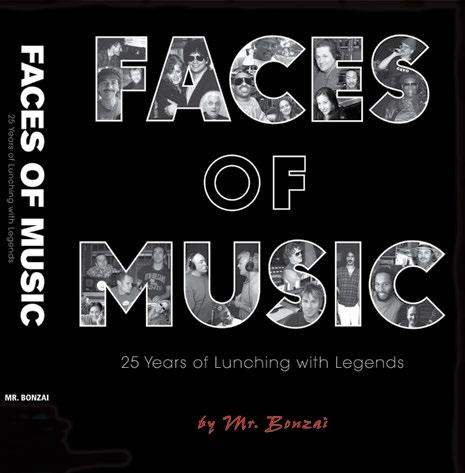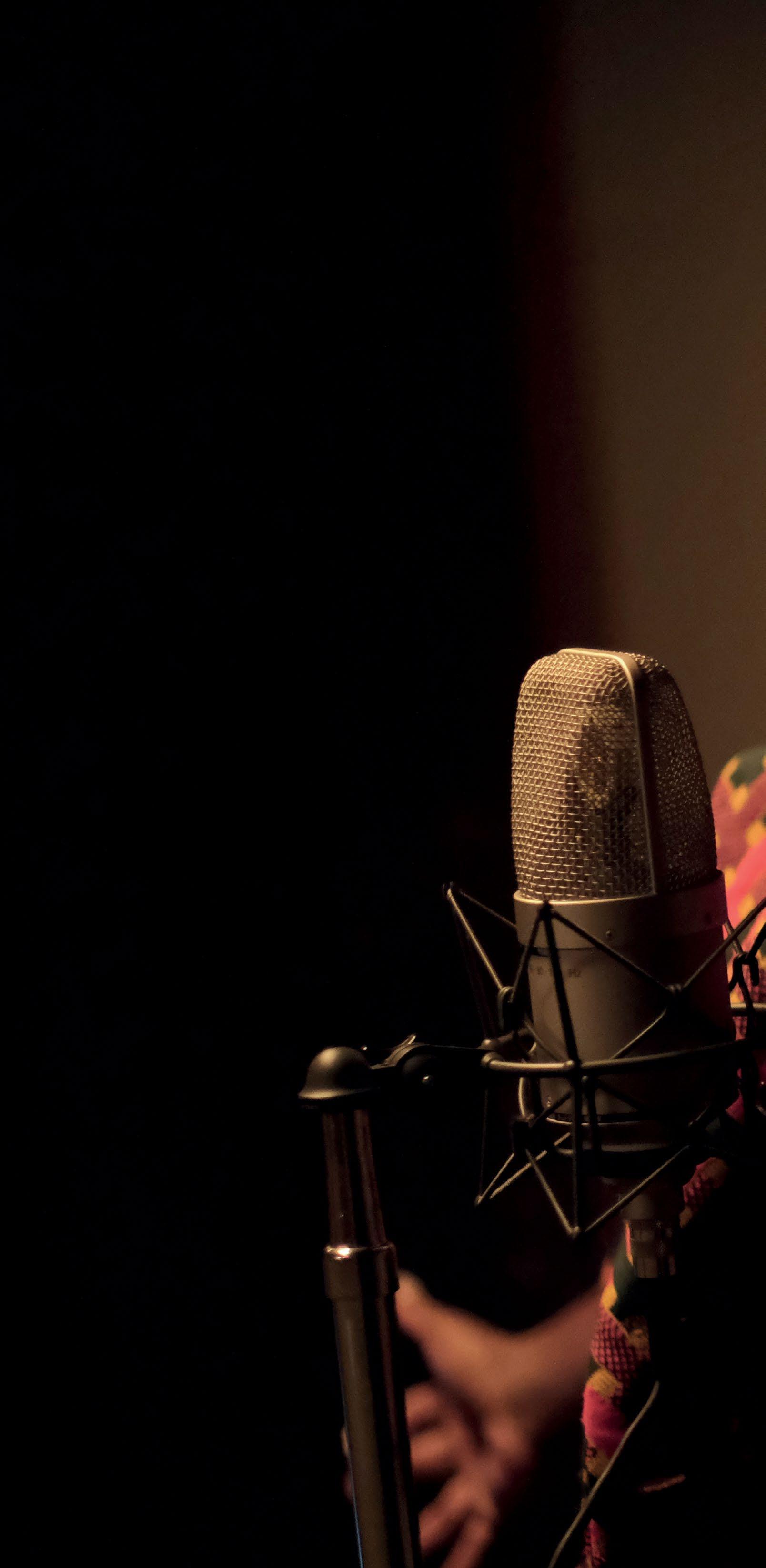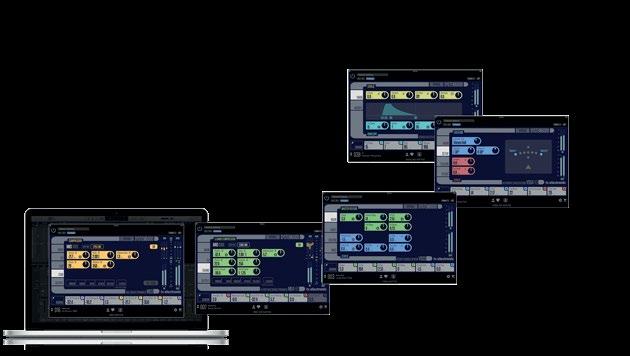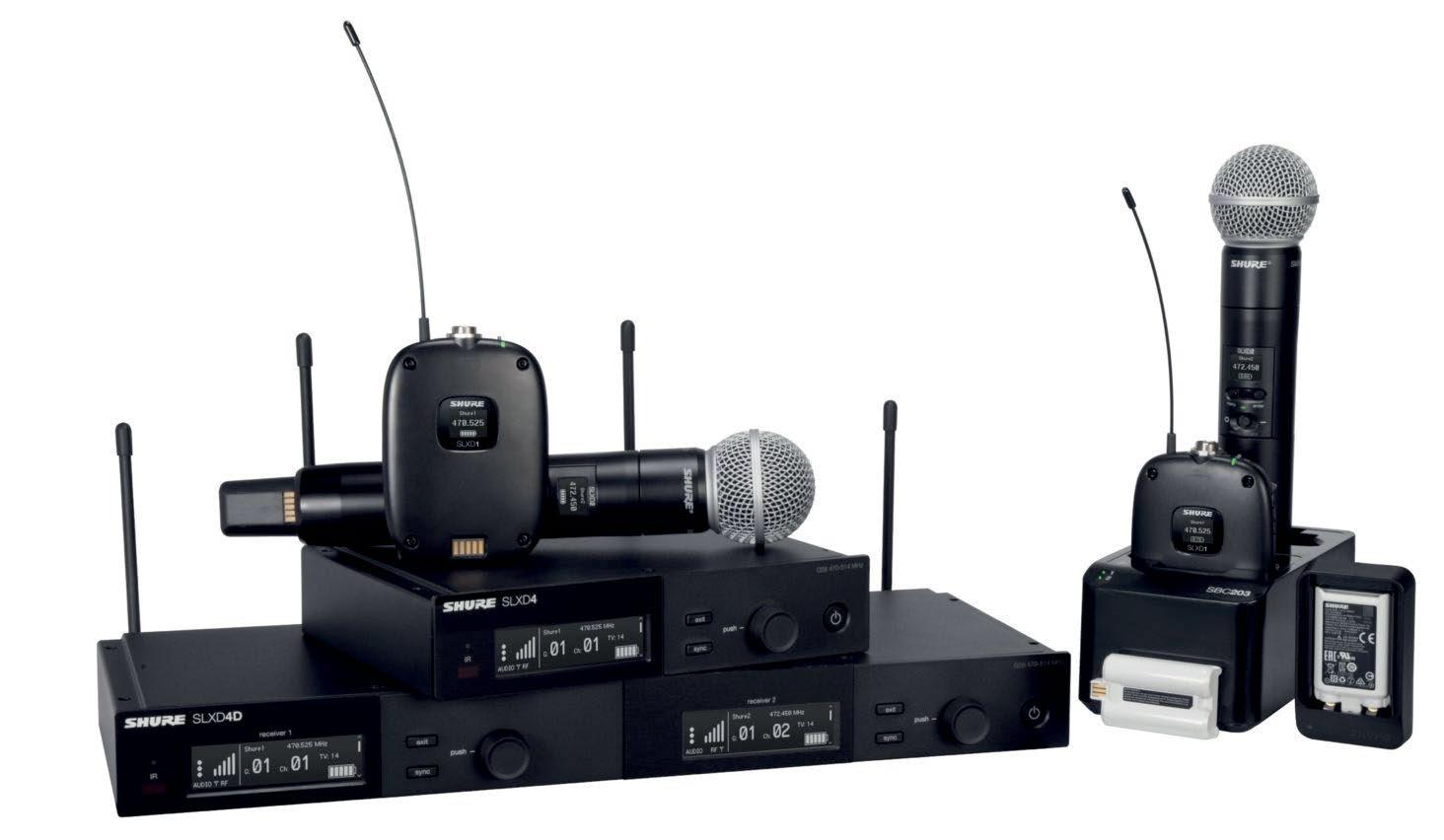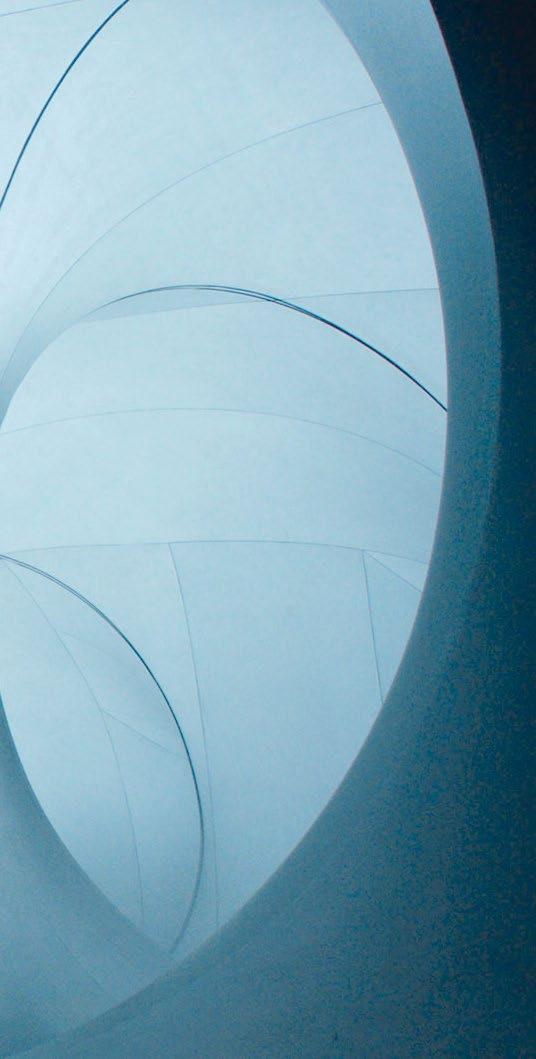
3 minute read
Current: Blue West Adds API 2448
from MIX 532 - April 2021
by publications
Current // news & notes
Blue West Adds API 2448 Analog Punch
The hitmaking Los Angeles studio Blue West, run by producer/musician Bill Jabr and head engineer James Kang, has installed an API 2448 recording console to better meet the needs of clients who include Andre 3000, Dwayne “the Rock” Johnson, Kiko Cibrian, Wale, Ne-Yo, Pi’erre Bourne and tracks for the late Juice Wrld’s posthumous album.
“Our API gives us a solidly built, quality analog body that stands on its own,” says Jabr, noting the front-end tracking, monitor section and ease of use as standout features. “Together with the convenient direct outs and small fader inserts for more tracks at mixdown, this all gives us the capability to track and mix larger projects in a smaller footprint. There is no better sound on guitars and drums than the API sound and the API punch.”
Jabr started his first facility, the Blue South production room in Atlanta in 2009, with Kang joining as the studio’s first intern. In 2014, the duo branched out to Los Angeles.
“We approached breaking into the Los Angeles scene the same way we did with Atlanta, from the ground up,” Jabr says. “We put our small setup in the best room we could afford at the time and got to work. Six years later, our Atlanta facility has turned into one of the premier locations of the Southeast, while in Los Angeles we’ve been fortunate to be a part of countless number one records.” ■
The Power of “Mixing From Home”
When Covid-19 hit, engineer/producer/educator Francesco Benvenuto had to leave his usual space at Luminous Sound Studio, Dallas, where he engineers and teaches. The Latin Grammy timeline was approaching, and he had to keep working. So…
“During Covid, we had to take all the equipment home and try to make it work,” he says. “We have all this analog equipment that truly needs the right electric power to run decently. When I set up the system at home initially, the result wasn’t what I was looking for. It was sounding very noisy, and I was frustrated.”
Benvenuto reached out to engineer friend Luca Pretolesi, an avid Torus Power fan, and found himself talking with Ross Whitney at the company. “Ross told me to put in a kilowatt meter and see what kind of electricity I was getting. Right off the bat, I liked that he gave me advice before I even purchased anything,” he adds.
Benvenuto ended up purchasing an AVR 20 unit from Torus Power, which he employed immediately. in order to help meet a tight deadline for the Latin Grammys.
“I am not easily impressed,” Benvenuto says. “I’ve had years of experience listening to very high-quality stuff, and this is a whole nother level. When I plugged in my studio monitors, all of a sudden they reacted differently. I heard none of that noise. And the soundstage, depth, everything became bigger. There is a saying in the recording industry that ‘you can’t mix what you can’t here’. And now, I was hearing every single detail.” ■
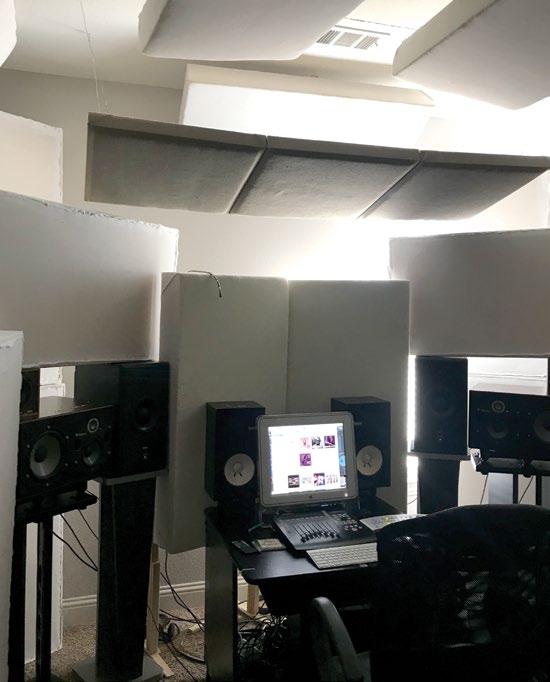
Mr. Bonzai’s “Faces of Music: 25 Years of Lunching with Legends” is now available in a new digital Apple Book edition. The original coffee table hardback edition, published in 2006 and long out of print, has been converted to a digital edition by BookBaby and is now available at the Apple Book Store.
On September 29, 1967, David Goggin, aka Mr. Bonzai, attended his first recording session at the invitation of John Lennon. The location was London’s EMI Studios, now Abbey Road, and the song was “I Am The Walrus.” In attendance were John, George, Paul, Ringo, George Martin and engineer Ken Scott. This set the stage for a life exploring the world of music and recording. In 1980, Mr. Bonzai settled in Hollywood to begin this collection of photography and writing.
Mr. Bonzai, who launched his column “Lunching With Bonzai” in Mix back in the mid-1980s, is an award-winning photographer, music journalist and author. ■
